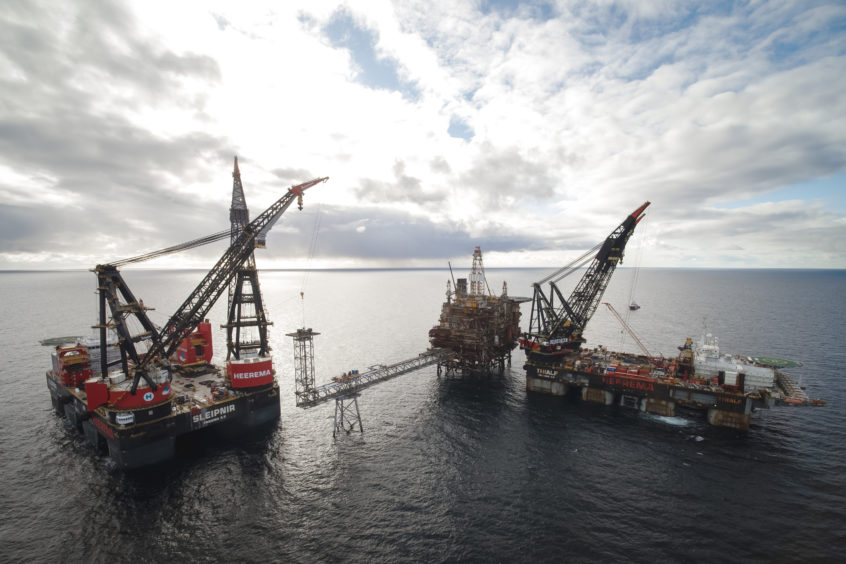
UK industry will spend £16.6 billion on decommissioning over the next decade as activity rebounds in the wake of the pandemic, according to Oil & Gas UK (OGUK).
2021 will see an estimated £1.46 billion spent on decommissioning, up on the £1.07 billion seen in 2020, according to OGUK’s twelfth Decommissioning Insight report.
The uptick is a sign of “business returning to its usual pace” in the wake of disruptions caused by COVID-19 and low commodity prices, OGUK said, and served as proof of the industry’s resilience.
The latest ten-year forecast compares with the £15.1 billion anticipated in last year’s report, with an additional £1.5 billion worth of activity added to schedules over the coming decade.
Much of that increase would appear to be in wells. Only 84 wells were decommissioned last year, whereas a typical year would see around 150. An additional 166 wells are now forecast for decommissioning over the decade compared with last year, many of which are the result of deferrals in 2020.
Well decommissioning – also referred to as plugging and abandonment (P&A) – remains the costliest element of the decommissioning process, accounting for 50% of all expenditure.
Within the UK North Sea, the central and northern sectors remain the areas of most activity throughout the period, accounting for 43% and 29% of decom work, respectively.
Overall, decommissioning activity is estimated to make up 12% of total industry spend in 2021 – an increase of 2 percentage points on last year.
‘More to do’
The report finds that the sector is becoming more cost-effective, with more wells, platforms and structures decommissioned over the period, for nearly half a million pounds less than ten-year forecasts made in 2017.
Similarly, the forecast for cumulative expenditure by 2030 has also fallen, from the £32.2 billion predicted in 2017 to £26.5 billion today.
Despite these reductions however, the industry remains some way off the Oil and Gas Authority’s (OGA) target to achieve a 35% reduction in the UK’s total decom bill by 2023, to some £39 billion, having achieved only 23% so far.
OGUK noted that there was “more to do” if the OGA target is to be met.
Medium-term outlook
Following the deferral of activity last year, OGUK suggests 2022-24 could see a rise in expected work, with nearly 600 wells, 45 topsides removals (amounting to some 152,500 tonnes) and 57 km of pipeline removals due.
However, work patterns are expected to smooth over the longer term as execution windows become clearer.
OGUK also pointed to the ongoing work of “invisible decommissioning” – the pipelines, mattresses and subsea components that do not attract the same attention as large-scale topsides and jackets when removed or brought ashore. This “business as usual” work is nonetheless important to the UK supply chain, which is “well set up” to service such activity, it said.
Pointing to the role of the North Sea Transition Deal (NSTD) in enabling low-carbon decommissioning, OGUK decommissioning manager Joe Leask also noted the deal’s 50% local content commitment, which he said extended to decom projects and would further enable the local supply chain.
Furthermore, the re-use and repurposing of offshore infrastructure for new energy opportunities such as carbon capture and hydrogen, as well as the burgeoning offshore wind sector, would all create further work over the coming decades as assets reach the end of their working lives.
Across the whole of the North Sea, the UK remains the largest market for decommissioning work, accounting for 67% of well decommissioning, 69% of topsides removal tonnage and 68% of the substructure tonnage.
“It’s really quite exciting times for the decommissioning industry, with as many opportunities as there are challenges,” Mr Leask said.
“The Decommissioning Insight has played a key role in this industry and will continue to in the future.”
Recommended for you
